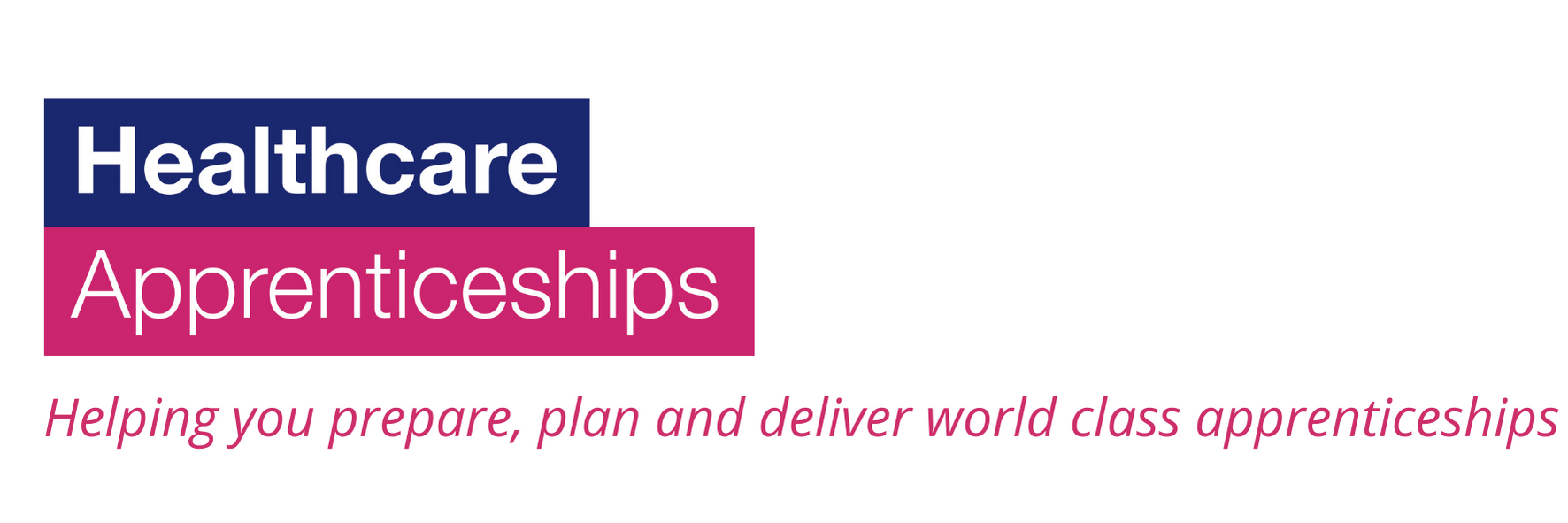Written by Rob Brooks & James Orpin-Wright – HEE Regional Managers

Affordability – It has been an issue since the introduction of the Registered Nurse Degree Apprenticeship (RNDA).
It is pretty much universally accepted across the health and care sector that there is a significant shortage of nurses and that we need to do more to recruit and retain staff in this workforce; seemingly, the apprenticeship gives us an opportunity to do this. With a cohort of healthcare support workers across the system who are keen to develop and, through their experience, have the foundation to do so, it would seem like the perfect opportunity to solve a range of workforce challenges through a neat solution. And that’s not to mention the increased interest from school and college leavers in careers in health and care at the moment, a potentially huge market of future healthcare support workers, nursing associates and registered nurses. They are becoming increasingly aware of the apprenticeship route which would give them a salary, real life work experience and the same qualification as they would have got at university, but with no student debt!
But… “Backfill”.
This is where we are continually told the barrier lies; the apprenticeship programme is great, but with a requirement for a member of staff to be out of their role for 60% of the time means that there is an added cost pressure of over half a WTE for each apprentice put forward. This might be seen as a necessary investment compared to the cost of agency nurses, but for many it has not been viable… and so we have managed to secure some additional funding to mitigate this cost through the 50k Nurse programme.
Now what? You still need to find a way of getting the board to sign off on this.
This is where the new RNDA cost tool comes in; following some maths work by the HEE Relationship Management team, we have commissioned the building of a digital tool to allow you to use different variables to see the return on your investment depending on which apprenticeship models you choose and at which pay band you choose to offer your apprentices. Built on the assumption that apprentices will be supernumerary for 60% of their time and that this is the additional cost to the trust (on top of the WTE post the individual fills), you can now use the tool to model your financial investment for a given number of apprentices.
Better than that, the tool will also compare this to the cost of maintaining your nursing vacancies with agency nurses and will even tell you when you will start to see financial savings as a result of your qualified apprentices completing their programme and staying with your organisation (it even produces a graph that you can download and put into your business case). Coupled with the resources that you can find in the dedicated RNDA page on HASO, you hopefully have all of the tools you need to produce a compelling case to your trust executives as to why growing your own nurses through apprenticeships is the best way to meet your workforce needs.


